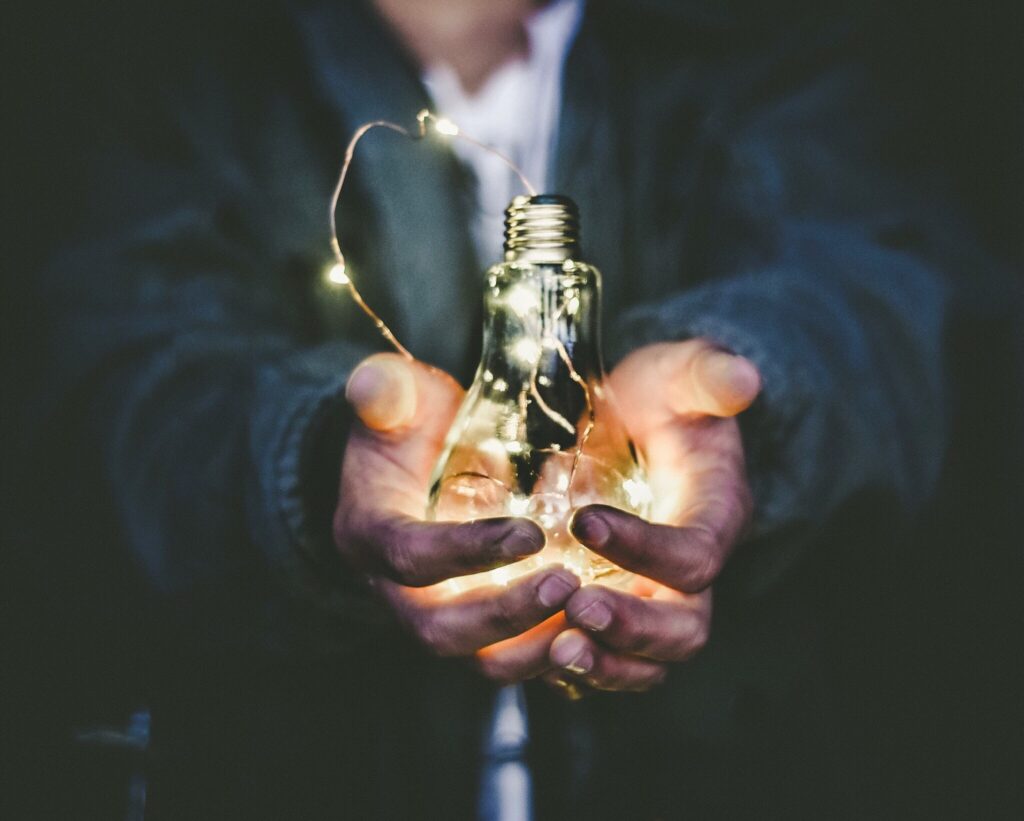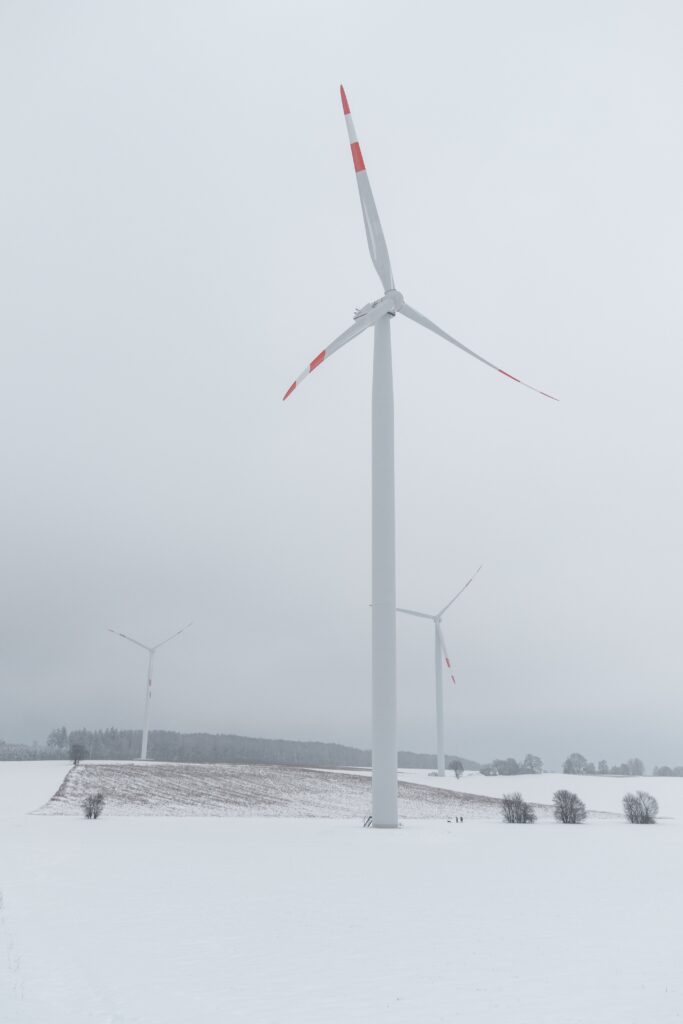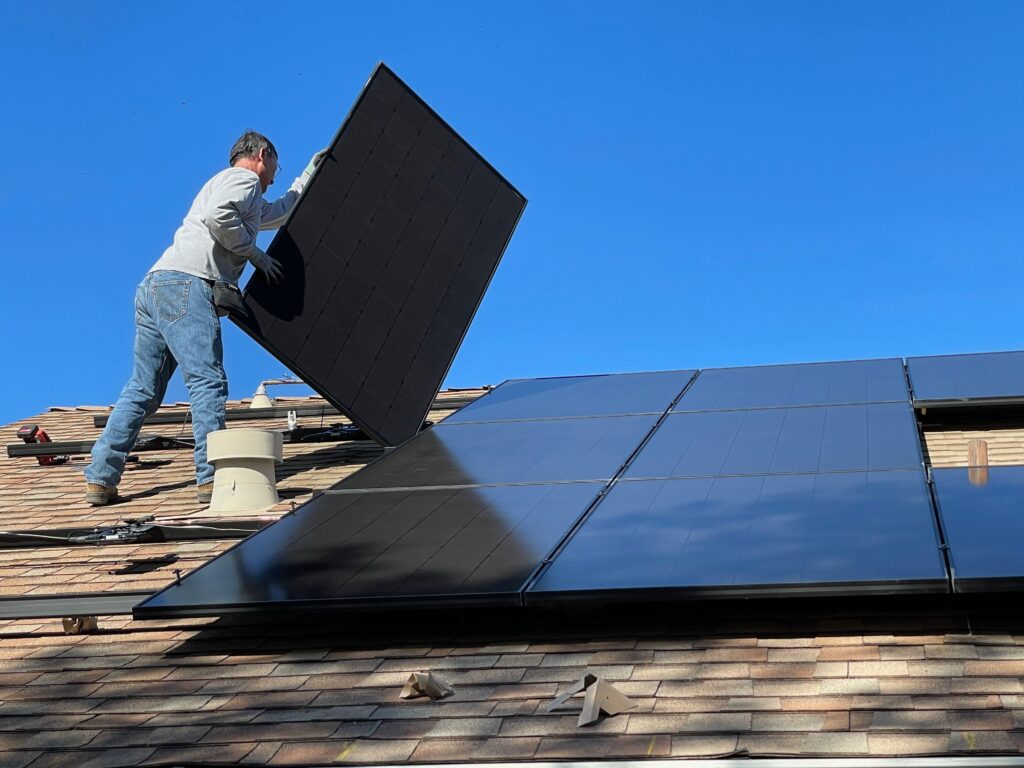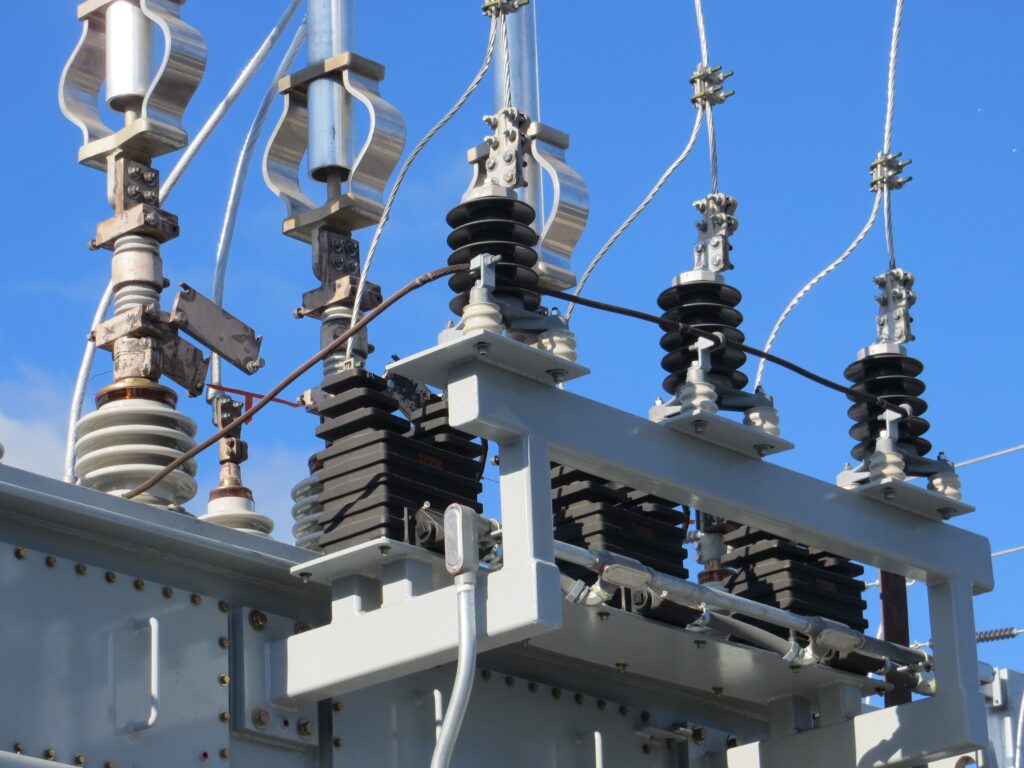Living off-grid is an enticing idea that offers a sense of freedom and self-sufficiency. But have you ever wondered how many watts it takes to power a life without relying on the grid? Whether you’re considering embracing a sustainable lifestyle or simply want to reduce your carbon footprint, understanding your energy needs is crucial. In this article, we’ll explore the different factors that determine the amount of watts you need to live off-grid, providing you with valuable insights to make informed decisions about your energy consumption.
Understanding Off-grid Living
Definition of off-grid living
Off-grid living refers to a lifestyle in which individuals or households are completely self-sufficient when it comes to their energy needs. It means disconnecting from the traditional electrical grid and generating and storing your own power. By relying on renewable energy sources and adopting energy-efficient practices, off-grid living allows individuals to reduce their dependence on fossil fuels and decrease their carbon footprint.
Reasons for choosing off-grid living
There are various reasons why people choose to live off-grid. One of the primary motivations is the desire for energy independence. By generating their own power, individuals have more control over their energy consumption and are not subject to fluctuations in utility prices. Off-grid living also provides an opportunity to live a sustainable and environmentally friendly lifestyle, reducing reliance on non-renewable energy sources. Additionally, some individuals may choose off-grid living for the freedom and self-sufficiency it offers, allowing them to disconnect from the pressures and demands of modern society.
Challenges and benefits of off-grid living
Living off-grid comes with its own set of challenges and benefits. One of the main challenges is the initial setup cost. Building an off-grid power system can require a significant investment, including the installation of solar panels, wind turbines, batteries, and other necessary equipment. Additionally, off-grid living may require individuals to adapt their energy usage habits and be mindful of their electricity consumption. On the flip side, there are numerous benefits to off-grid living. It allows individuals to reduce their environmental impact and promote sustainable living. It also provides a sense of self-sufficiency and resilience, as off-grid systems can continue to provide power during grid outages or disruptions. Moreover, off-grid living can lead to financial savings in the long run, as individuals are not dependent on utility companies and the fluctuating costs of electricity.
Basics of Energy Consumption
Understanding watts and watt-hours
Watts and watt-hours are units of power and energy, respectively. Watts (W) measure the rate at which energy is consumed or produced, while watt-hours (Wh) quantify the total energy used or generated over a period of time. To put it simply, watts indicate the power demand of an appliance at any given moment, while watt-hours indicate the cumulative energy used or generated.
How electricity use is measured
Electricity usage is measured using an electric meter, typically found near the main electrical panel in a household. This meter tracks the total energy consumption in kilowatt-hours (kWh), which is equivalent to 1,000 watt-hours. Utility companies rely on these measurements to bill customers for the electricity they use.
Average electricity usage in typical households
The average electricity usage in a typical household can vary depending on several factors, including the size of the home, the number of occupants, and the available appliances and electronics. On average, a U.S. household uses around 900 kWh per month, which translates to roughly 30 kWh per day. This usage can vary significantly depending on energy-efficient practices, such as using energy-saving appliances and implementing smart energy management techniques.

Estimating Energy Requirements for Off-grid Living
Calculating daily energy needs
Estimating daily energy needs is crucial when designing an off-grid power system. To calculate your energy requirements, start by making a list of all the appliances and electronics you use on a daily basis. Note their power consumption in watts and the average hours of usage each day. Multiply the power consumption in watts by the hours of usage to determine the watt-hours per day for each appliance. Summing up these values will give you an estimate of your daily energy needs.
Breaking down energy needs by appliance
To get a comprehensive understanding of your energy requirements, it is essential to break down your energy needs by appliance. Different appliances have varying power demands, and some may only be used intermittently. By categorizing and analyzing your energy usage, you can make informed decisions about your off-grid power system, such as prioritizing high-energy appliances or considering energy-efficient alternatives for certain devices.
Understanding peak load requirements
Peak load refers to the maximum power demand that occurs at a particular time, usually when multiple appliances are running simultaneously. Understanding your peak load requirements is crucial for designing an off-grid power system that can handle these moments of high energy consumption. By taking into account the peak loads of your appliances, you can ensure that your energy generation and storage capabilities meet the demands of your household even during times of increased usage.
Sources of Off-grid Power
Photovoltaic solar power
Photovoltaic (PV) solar power is one of the most popular and widely used sources of off-grid power. Solar panels convert sunlight into electricity through the photovoltaic effect. As long as there is access to sunlight, solar panels can generate clean and renewable energy. PV systems can vary in size and complexity, ranging from small setups for individual homes to larger installations for off-grid communities or businesses.
Wind power
Wind power harnesses the energy from the wind to generate electricity. Wind turbines convert the kinetic energy of the wind into mechanical power, which is then transformed into electrical energy using a generator. Wind power is an excellent option for off-grid living in areas with consistent and adequate wind resources. However, optimal wind conditions and proper turbine placement are essential to ensure efficient energy generation.
Hydroelectric power
Hydroelectric power utilizes the energy of flowing or falling water to generate electricity. A micro-hydro system can be an effective source of off-grid power if you have access to a stream or river with enough flow and head height. A turbine is used to capture the energy from the moving water, which is then converted into electrical power. Micro-hydro systems can provide reliable and continuous power if installed correctly.
Battery storage systems
Battery storage systems are crucial components of off-grid power setups as they store excess energy generated during times of low demand for use during periods of high demand or when renewable energy sources are not producing electricity. Batteries allow for energy independence and provide a backup power supply during periods of low energy generation. Different types of batteries, such as lead-acid or lithium-ion, can be used depending on the specific requirements of the off-grid system.

Energy Efficiency Considerations
Energy-saving appliances
Investing in energy-saving appliances is an effective way to reduce your overall energy consumption and maximize the efficiency of your off-grid power system. Energy Star-certified appliances are specifically designed to consume less energy without sacrificing performance or functionality. Upgrading to energy-efficient refrigerators, washing machines, lighting fixtures, and other appliances can significantly contribute to the overall energy efficiency of your off-grid home.
Smart use of energy
Implementing smart energy management techniques can further optimize your energy efficiency. This can include simple practices such as turning off lights and appliances when not in use, using natural lighting whenever possible, and optimizing temperature settings in your house. Additionally, using programmable thermostats, timers, and energy monitoring systems can help you track and regulate your energy consumption more effectively.
Thermal efficiency of the house
Improving the thermal efficiency of your house can reduce the energy required for heating and cooling. Proper insulation, sealing air leaks, and installing energy-efficient windows and doors can minimize heat transfer and create a more comfortable living environment. By reducing the energy needed for temperature control, you can decrease the size and capacity requirements of your off-grid power system.
Importance of regular maintenance
Regular maintenance of your off-grid power system is essential to ensure its optimal performance and longevity. This includes inspecting and cleaning solar panels, wind turbines, and other system components, as well as monitoring and maintaining batteries. Regular maintenance not only prevents potential issues but also maximizes the efficiency and lifespan of your off-grid system.
System Design and Setup
Choosing the appropriate system size
Choosing the appropriate system size is crucial for meeting your energy requirements while avoiding unnecessary costs or power shortages. Conducting a thorough energy audit and considering factors such as appliance usage, climate, and available energy sources can help determine the ideal system size for your off-grid living. It is also important to consider future energy needs and the possibility of expanding or upgrading your system as necessary.
Location considerations for setup
The location of your off-grid power system plays a significant role in its efficiency and productivity. When selecting a site for solar panels or wind turbines, factors such as sun exposure, shade, wind direction, and obstructions should be taken into account. Assessing the natural resources and terrain of your location can help determine the feasibility and optimal placement of renewable energy sources. Additionally, considering local regulations and permits is essential to ensure compliance and avoid any legal issues.
Installation best practices
Proper installation of your off-grid power system is vital to its functionality and safety. It is recommended to hire professional installers or consult with experts to ensure that all components are correctly installed and connected. This includes correctly mounting solar panels or wind turbines, wiring the system, and integrating the battery storage system. Following installation best practices ensures the system operates efficiently and minimizes the risk of accidents or malfunctions.
Safety measures and precautions
Off-grid power systems require specific safety measures and precautions to ensure the well-being of both the occupants and the system itself. This can include implementing proper grounding and surge protection, regularly inspecting and maintaining electrical connections, and following safety guidelines when working with high-voltage equipment. It is essential to familiarize yourself with the safety precautions specific to your off-grid power system and to conduct routine safety checks to mitigate any potential risks.

Cost Implications
Cost of installing off-grid power systems
Installing an off-grid power system can involve significant upfront costs. The expenses primarily depend on the size and complexity of the system, the required components, and labor costs. Costs can include purchasing solar panels or wind turbines, batteries, inverters, charge controllers, and other necessary equipment. Additionally, hiring professionals for installation and any necessary permits or inspections can contribute to the overall cost.
Running and maintenance costs
While off-grid living can lead to long-term financial savings, it is important to consider ongoing running and maintenance costs. These costs can include routine maintenance of the off-grid system, replacing batteries or other components as needed, and periodic system inspections. Additionally, factoring in the costs of fuel or maintenance for backup power sources, such as generators, may be necessary in case of prolonged periods of limited energy generation.
Cost comparisons with on-grid power
Comparing the costs of off-grid power systems with traditional on-grid power can provide insights into the financial implications of off-grid living. While off-grid systems usually involve higher upfront costs, they eliminate monthly electricity bills and the risk of rising utility prices. Over time, the savings on utility bills can offset the initial investment. However, it is important to carefully consider and calculate the financial aspects based on your specific energy needs and local utility rates.
Potential for financial savings or returns
Off-grid living has the potential for financial savings or returns in the long run. With the right system design, energy-efficient practices, and properly maintained equipment, off-grid systems can generate surplus energy that can be sold back to the grid or stored for future use. In areas with net metering or feed-in tariff programs, excess energy generation can result in financial incentives or credit from the utility company. Additionally, the energy independence gained from off-grid living can provide protection against future increases in utility rates.
Backup Power and Redundancy
Need for backup power systems
Having backup power systems is crucial for off-grid living to ensure a continuous and reliable power supply. Backup systems serve as a contingency plan during periods of low energy generation or unexpected equipment failure. They provide the necessary power to meet peak loads or sustain power during emergencies or prolonged periods of limited renewable energy generation.
Options for backup power sources
Various options are available for backup power sources in off-grid living. Common backup solutions include diesel or propane generators, which can be used to supplement the renewable energy sources during high-demand periods. Another backup option is to have a connection to the traditional electrical grid as a backup source, utilizing it only when absolutely necessary. Additionally, battery storage systems can serve as a backup power supply by providing stored energy during times of low generation.
Energy storage solutions
Energy storage solutions, particularly battery storage systems, play a significant role in off-grid power setups. They allow for storage of excess energy generated during periods of high generation and supply power during times of low or no energy generation. Battery technologies, such as lead-acid or lithium-ion, provide a reliable and efficient means of storing electricity for later use. Properly sizing and maintaining the battery storage system is essential to ensure its effectiveness as a backup power source.
Designing a redundant system
Designing a redundant off-grid power system involves incorporating backup power sources and redundancy measures to ensure uninterrupted power supply. Redundancy can be achieved by having multiple energy generation sources, such as a combination of solar panels and wind turbines, to mitigate the impact of unreliable weather conditions. Furthermore, redundant battery storage systems or backup generators can serve as additional layers of protection to ensure continuous power availability.
Legal and Regulatory Considerations
Permit requirements
When setting up an off-grid power system, it is important to be aware of any permit requirements in your area. The regulations and permit processes can vary, so consulting local authorities or relevant agencies is crucial to ensure compliance. Permits may be required for the installation of solar panels, wind turbines, or hydroelectric systems, and adhering to these regulations helps ensure the safety and legality of your off-grid power system.
Building codes and standards
Building codes and standards also play a role in off-grid living. These codes and standards are in place to ensure the structural and electrical safety of buildings. Compliance with building codes helps protect both the occupants of the off-grid home and the overall integrity of the property. It is important to understand and adhere to these codes when designing and constructing an off-grid home and its associated power systems.
Grid interconnection regulations
For off-grid power systems that include a connection to the traditional electrical grid for backup or excess energy supply, understanding grid interconnection regulations is essential. These regulations dictate the requirements and processes for connecting off-grid systems to the grid. It is important to consult with utility companies and comply with their interconnection guidelines to ensure a smooth and legally compliant integration.
Environmental impacts and mitigation
While off-grid living is often associated with environmental sustainability, it is essential to consider and mitigate any potential negative environmental impacts. This can include proper disposal and recycling of system components, avoiding hazardous materials, and minimizing ecosystem disruption during installation. Being mindful of environmental impacts and following eco-friendly practices contributes to the overall sustainability of off-grid living.
Case Studies and Real Life Examples
Lessons from families living off-grid
Learning from the experiences of families who have successfully embraced off-grid living can provide valuable insights. These families have navigated the challenges and reaped the rewards of sustainable off-grid lifestyles. Listening to their stories, understanding their energy usage patterns, and gaining practical tips can help others who are considering or transitioning to off-grid living.
Examples of off-grid setups in different climates
Off-grid living is not limited to a specific climate or geographical location. Examples of off-grid setups in different climates showcase the adaptability and feasibility of off-grid living across various environments. From arid desert regions to snowy mountainous areas, each climate presents unique challenges and opportunities for off-grid power generation and sustainable living.
Economic aspects of successful off-grid living
Successful off-grid living can also have positive economic implications. Case studies and real-life examples can highlight the economic benefits of off-grid systems, such as reduced utility bills, potential financial incentives, and long-term return on investment. Examining the economic aspects of off-grid living can help individuals assess the financial feasibility and potential advantages of adopting this lifestyle.
Innovative off-grid power solutions
Innovation plays a significant role in advancing off-grid power solutions. From advancements in solar panel technology and battery storage systems to improved energy management systems, innovative solutions continually emerge to enhance the efficiency, effectiveness, and accessibility of off-grid power. Exploring these innovative solutions provides inspiration and ideas for individuals looking to embrace off-grid living.
In conclusion, understanding the concept of off-grid living, estimating energy requirements, exploring different power sources, maximizing energy efficiency, and considering cost implications, backup power, and legal considerations are essential when venturing into off-grid living. By embracing sustainability, self-sufficiency, and innovative solutions, individuals can successfully embark on a rewarding off-grid lifestyle.




